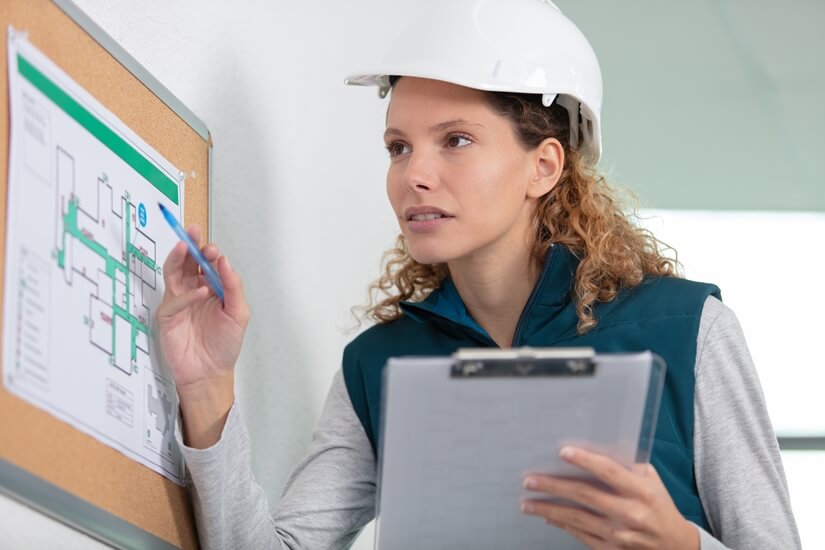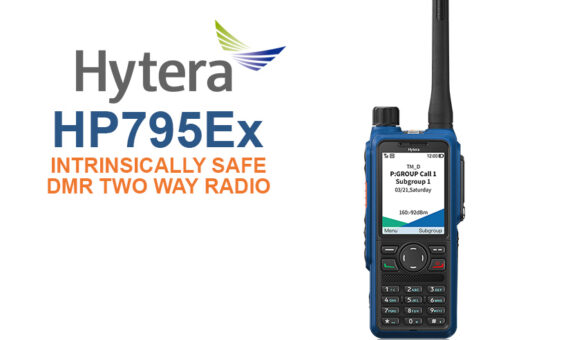Office and business spaces, in general, are equipped with staff protection measures for safety and security. Practices such as having fire extinguishers at hand, walkie talkies, and performing regular safety drills ensure that each member of the organisation remains safe in their professional activity, thus boosting productivity.
The odd fire emergency drills can seem a tedious and flow-breaking activity brought upon by the HR department, but its end goal is to improve the Company’s employees’ safety.
Emergency drills aim to educate the Company’s employees to effectively manage crisis situations while also telling the administration if these drills are well managed and implemented as well as assessing the communication devices’ effectiveness.
If this seems too convoluted, here are 5 straightforward steps to plan a safety drill in your office:
- Starting off, HR should create a committee with an element from each department in order to assemble a complete view of the organisation and ensure security throughout. It will also help when, later, you have to hand off the guidelines and data to those departments. The security board must also draft wellbeing and departure plans for each department in the case of an emergency.
- It is of utmost importance to provide evacuation and emergency drill information to every employee and be sure they’re aware of the protocol. Every staff member must be knowledgeable of paths to evacuation and their alternative routes as well as knowing how to deploy a fire extinguisher and report an emergency.
- Regularly revisiting drills and procedures once every few months is a significant step into ensuring everyone is ready. New employees come in; experienced employees may forget some of the procedures; and the protocol can also have been changed.
- Throw in a random unannounced drill occasionally. This is the best test to evaluate everyone’s reaction when facing a critical situation and will provide a more truthful test of your methods.
- Communication devices can make all the difference in an emergency situation and walkie talkies may be the best for this use: If mobile networks are down, walkie talkies are much more reliable as they rely on radio waves meaning they can keep on transmitting and receiving. When assembling your drill plans, be sure to test your two-way radios to assure they are ready to run.
- Keep track of your employees’ outcomes from the safety drill. If those results are negative, then you should put more focus on training and information or revise the protocol.
As you could read above, maintaining communications is crucial for managing crisis situations, and if you haven’t yet implemented a reliable solution for communication, you should really look into walkie-talkies.
Walkie Talkies such as the Motorola models are the most reliable communication devices on the market, and at Walkie Talkie Solutions, you can find an excellent range of Motorola two-way radios that will suit your Company’s needs.
Even if you are not sure of what those can be, Walkie Talkie Solutions support will help you find the right solution for your business emergency communications.







